Gallbladder is a small organ positioned just beneath the liver. This is a hollow organ that measures about 3.1 inches in length and around 1.6 inches in diameter, when fully distended. In humans, gallbladder aids mainly in fat digestion and concentrates bile, yellowish brown fluid produced by the liver. In a healthy adult individual, gallbladder can store about 50 milliliters of bile. Bile is from here released into the duodenum when food containing fat enters the digestive tract. The goal is to stimulate the secretion of cholecystokinin and emulsify fats in partly digested food.
Even though this function may seem to be significant, people generally the loss of gallbladder easily. Gallbladder is sometimes surgically removed due to the various health problems. One of the most frequent health problems with the gallbladder is chronic inflammation, also known as cholecystitis.
Chronic Gallbladder Disease
Chronic gallbladder disease is caused by the presence of choleliths, or gallstones in the bladder. Gallstones are crystalline concretion formed by accretion of bile components. These concretions are formed within the bladder but they may occasionally pass into other parts of the biliary tract (cystic duct, common bile duct, pancreatic duct, or the ampulla of Vater). The gallstones can block the cystic duct and cause infection.
In most cases, the thickening of the bile occurs, and provides suitable environment for secondary infections. Most commonly, the infections are caused by E. coli and Bacteroides species. When the gallbladder wall becomes inflamed it irritates even the surrounding tissues, such as diaphragm and bowel. In severe cases, the necrosis of the tissue, or rupture, may also occur.
- Ethnicity - Geography and particularly ethnicity play an enormous role in the prevalence of gallstone disease and also the type of stone that forms: cholesterol gallstones predominate in the developed countries of the Western world; brown pigment stones in the bile ducts are more common in Asia.
North American Indians have the highest reported rates of cholelithiasis, afflicting 64.1% of women and 29.5% of men. The aboriginal populations of South America also have an exceedingly high prevalence of gallstones: 49.4% of native Mapuche Indians of Chile women and 12.6% of men harbor gallstones. Mexican Americans are also at heightened risk when compared to White Americans; however, this risk is directly related to the degree of Amerindian admixture.
- Family history & genetics - Genetic susceptibility is a key factor in gallstone formation. Familial studies reveal an increased frequency: a nearly 5 times elevated risk in the relatives of gallstone patients. These rate are even higher in monozygotic twins at 12% and dizygotic twins at 6%. Yet spouses of affected patients do not have any increased risk, thereby eliminating a shared environment as the basis - i.e., similar dietary and other common habits among family members as the explanation for this apparent association.
In a Swedish twin study, genetic effects accounted for 25%, shared environmental influences for 13% and unique environmental effects for 62% of the phenotypic variance.
- Age - The frequency of gallstones increases with age, escalating markedly after age 40 to become 4 to 10 times more likely in older individuals. The stone type also changes with age: initially being composed predominantly of cholesterol (corresponding to an increased cholesterol secretion into and saturation of bile) but in late life tending to be black pigment stones. Further, symptoms and complications increase with age, leading to more frequent cholecystectomies
- Gender and female sex hormones - The female gender has a most compelling association with gallstone disease, especially during the fertile years. Women are almost twice as likely as men to form stones; the gap narrows following menopause after which men begin to catch up. The underlying mechanism is female sex hormones; parity, oral contraceptive use and estrogen replacement therapy are established risk factors for cholesterol gallstone formation.
Female sex hormones adversely influence hepatic bile secretion and gallbladder function. Estrogens increase cholesterol secretion and diminish bile salt secretion, while progestins act by reducing bile salt secretion and impairing gallbladder emptying leading to stasis. A new 4th generation progestin, drospirenone, used in some oral contraceptives may further heighten the risk of gallstone disease and cholecystectomy; however, the increased risk is quite modest and not likely to be clinically meaningful.
- Obesity - The exploding prevalence of obesity now reaches epidemic levels in both developed and developing nations like China. Obesity, particularly abdominal or centripetal obesity, is a well-established risk factor for gallstone disease. At least 25% of morbidly obese individuals have evidence of gallstone disease. Obesity in the late teenage years carries the greatest risk, whereas thinness protects against cholelithiasis.
Females with obesity have an even increased risk of stones formation. Women with severe obesity (body mass index [BMI] >32 kg/m2) showed an age-adjusted relative risk of 6.0 for the development of gallstones compared with non-obese controls; their annual incidence of developing gallstones is 2%. Obesity is associated with an increased activity of the rate-limiting step in cholesterol synthesis, the hepatic enzyme, 3-hydroxyl-3-methyl-glutaryl co-enzyme A (HMG-CoA) reductase, leading to increased cholesterol synthesis in the liver and its heightened secretion into bile.
- Dyslipidemia, diabetes mellitus and the metabolic syndrome - Cholesterol gallstone disease is a metabolic problem, which correlates with lipid abnormalities, diabetes mellitus and adiposity. A low HDL cholesterol and hypertriglyceridemia carry an increased risk of developing stones. In contrast, there is no definite association with hypercholesterolemia. High homocysteine levels also may correlate with gallstone disease.
- Rapid weight loss - Low caloric diets and/or bariatric surgery with rapid weight loss are associated with gallstones developing in 30% to 71% of such individuals. Weight loss that exceeds 1.5 kg/wk following bariatric surgery increases the risk for stone formation; these stones are most likely to become apparent during the first 6 weeks after surgery when weight loss is most profound. Weight loss-associated gallstones are typically asymptomatic; only 7% to 16% develop symptoms, best predicted by a postoperative weight loss exceeding 25% of the body weight. Even less extreme weight fluctuations create a risk for stone formation, as is a history of dieting.
- Diet and total parental nutrition (TPN) - Other than a high caloric intake that leads to obesity, any importance of the dietary content is unclear and difficult to analyze. Diets specifically high in cholesterol, fatty acids, carbohydrates or legumes seem to increase the risk of cholelithiasis. In contrast, unsaturated fats, coffee, fiber, ascorbic acid (vitamin C), calcium and moderate consumption of alcohol reduce the risk. Genetic variations, especially in the genes that control cholesterol metabolism, might underscore why some respond to dietary change by developing cholesterol gallstones.
- Lifestyle factors and socioeconomic status - The exact role of socioeconomic status and gallstones is controversial. A previous cross-sectional study of non-Hispanic Whites and Mexican Americans, found gallbladder disease inversely related to socioeconomic status. Socioeconomic status, however, may merely be an indirect marker for other risk factors like obesity and chronic medical conditions. The role of smoking in cholelithiasis is unclear. Reduced physical activity heightens the risk of gallstone disease whereas increased physical activity helps prevent cholelithiasis, independent of its role in weight loss. Increased endurance exercise (to 30 minutes 5 times a week) may avert symptomatic gallstones developing in men.
Another type of chronic gallbladder disease is characterized by constant low-level inflammation which gradually leads to calcification and fibrosis of the gallbladder.
Symptoms of Gallbladder Disease
Gallbladder disease usually presents as a pain in the upper right quadrant of the abdomen. The pain is usually constant and very severe. Some patients may feel pain only after eating greasy or fatty foods, and experience the pain together with low-grade fever, abdominal upset, vomiting, and nausea and feels tenderness when the pressure is applied to the upper right abdomen.
Chronic cholecystitis manifests with symptoms such as nausea, vague abdominal pain, belching, and diarrhea. These symptoms may also indicate presence of some other disease, and require medical attention. In more severe cases, gallbladder diseases will manifest in high fever, shock and jaundice, which may point to the possible complications, perforations of the gallbladder, or formation of abscesses.


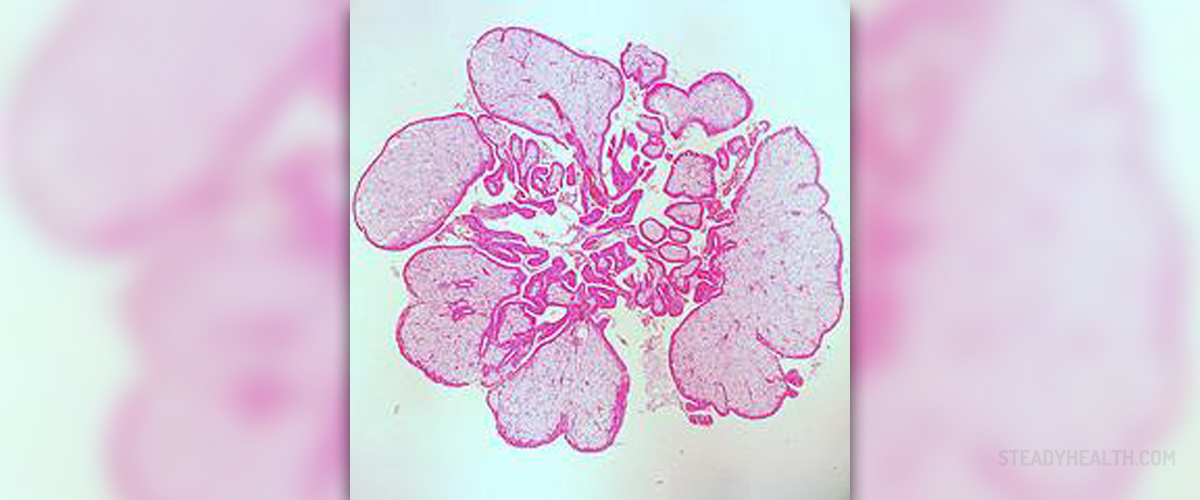
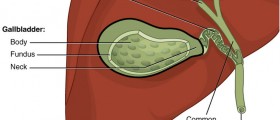
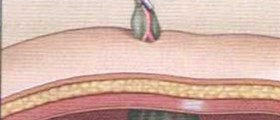


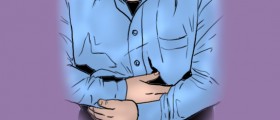






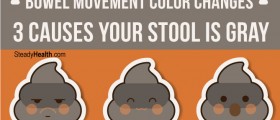

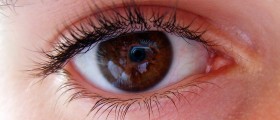
Your thoughts on this
Loading...